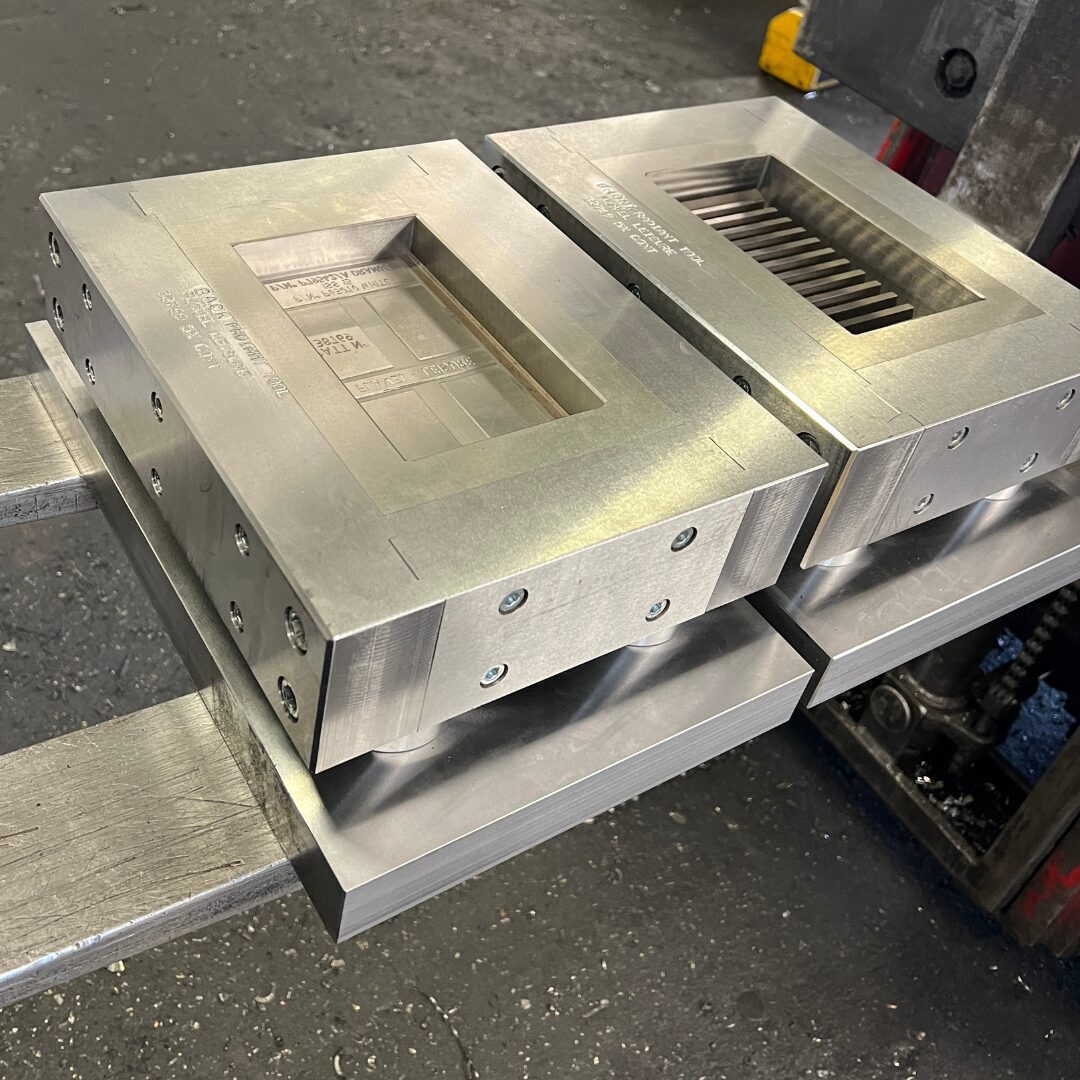When William Blake wrote these immortal words, c.1804, Britain was in the midst of the First Industrial Revolution. There is some debate as to the exact subject of his attention, possibly The Church of England and its rigid adherence to the class structure and social order of the time, which stifled aspirations of. (as we say today), upward mobility. Or, as it has been most commonly understood to mean, the vast mechanised workplaces which were proliferating throughout his “green and pleasant land “. Blake’s inspiration is commonly held to be the Albion Flour Mills of Southwark, London, burnt to the ground in uncertain circumstances in 1791. The event is a cause for celebration by unemployed millers from its former rivals. Whether arson or accident and the zenith of the Luddite Movement was still 20 odd years away, the incident appears to have induced Blake to pen his opus to a changing world and a loss of innocence.
Fast forward to 1889 and nearing the mid-point of the Second Industrial Revolution. Britain’s manufacturing strength and political power was nearing its peak. Trade was conducted on a worldwide scale and with advances in steelmaking and ship design, Britain’s maritime hegemony was achieved. Outside of its own Imperial markets, Britain had become a major beneficiary in the modernisation of Japan, helping it to transform from a feudal state to colonial power in a few decades. Hard though it is to comprehend now, the United Kingdom was instrumental in the growth of the Japanese fleet through the supply of completed vessels and ship designs in the latter part of the nineteenth century.
This was also the year(1889) that AR Brown & Co was founded by Albert and Edward Brown in Glasgow. Albert had been employed by the Japanese government and the NYK Shipping Line and was so highly regarded by these organisations that when he returned to Scotland the fledgeling AR Brown & Co was entrusted with the commissioning and fitting of ships from the Clyde yards on behalf of the Japanese Navy. Although not actually manufacturing these vessels, AR Brown was founded through a symbiosis between Scottish entrepreneurialism and the contemporary behemothic “ satanic mills “ which defined large parts of Glasgow and Clydeside until the 1970s.
Having entered the business of steel stockholding during the interwar years (and now trading as AR Brown McFarlane), the company’s focus gradually changed from its traditional interests to becoming the market-leading stockholder and processor that it is today. But first to fill in some gaps. In 1982 the company acquired Ladywell Works in Hanley from British Steel. This had been part of the giant Shelton Bar mill which, at its peak, employed 10,000 workers(what would Blake have made of that ? ). Fortunately, for Brown McFarlane employees, the warehouse has always been well lit and airy and served for many years as an adequate hub for its operations. That is not to say that improvements and substantial investments were lacking, far from it! Multi-head oxy-propane machines were the first items of capital equipment to arrive, followed by 4 plasma cutters, including the renowned Messer Skew Beveller, a small laser and a powerful Water Jet profiler. And, in addition to this impressive battery of equipment, all the essential Management System Standards have been achieved, EN9001, EN14001, EN18001 and EN1090 Exc Class 4. For some, these accomplishments would be considered a pinnacle. This was not to be the case for Brown McFarlane. The decision to install a Durma 10 KW Fiber Laser machine with a footprint of 30 metres x 6 metres proved the catalyst for a radical re-alignment of the warehouse and production facilities and a substantial upgrade to the fabric and fittings of the offices and the warehouse. **
Although Brown McFarlane missed out on the First Industrial Revolution, it clearly influenced its path and the advent of the Second one, with the nascent globalisation it brought, set it firmly on its way. It now finds itself at the start of the Third Industrial Revolution. As yet, more a concept than an actuality, there are still many facets associated with it that are relevant to 2020 and the greening of industry and the reduction of carbon footprints are 2 obvious examples. The installation of solar panels and our rigorous recycling policy are prime examples of Brown Mc Farlane’s commitment to and involvement with this revolution. Where it will take us remains to be seen but intriguingly, although we can see that the Luddites’ fears of job losses through advances in technology remain a concern to this day, it is possible to imagine that Blake would have approved of our post-industrial landscape and workers conditions. Perhaps he would even acknowledge, grudgingly, that we are taking tentative steps down the road … to a New Jerusalem.
Related News

The Role of Steel Plates in Renewable Energy Projects

Which Industries Use Creusabro Abrasion Resistant Plates?

